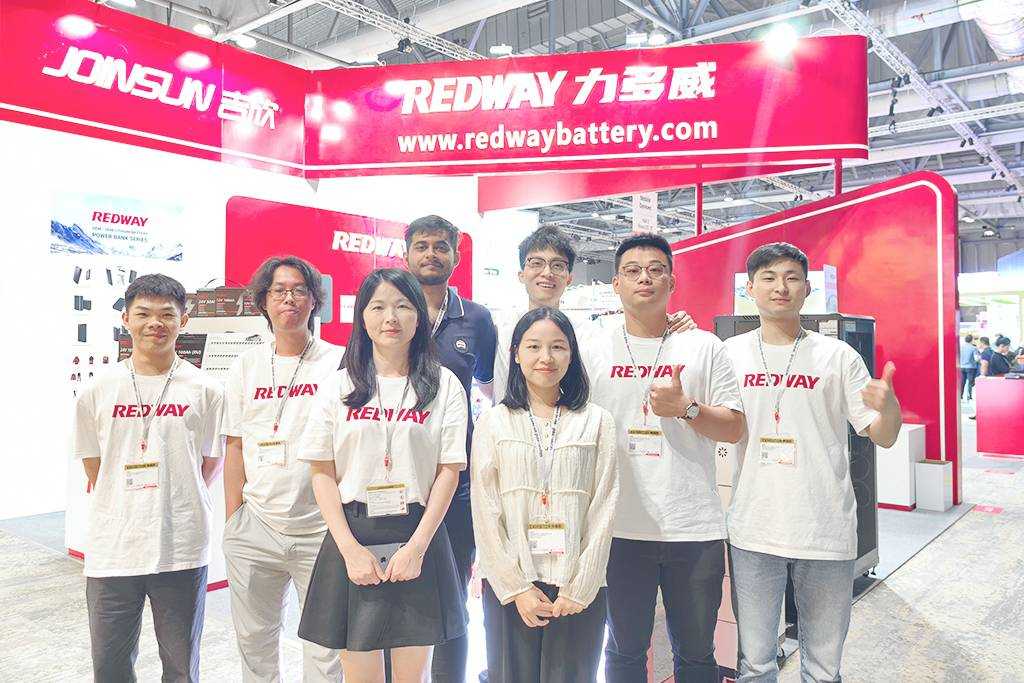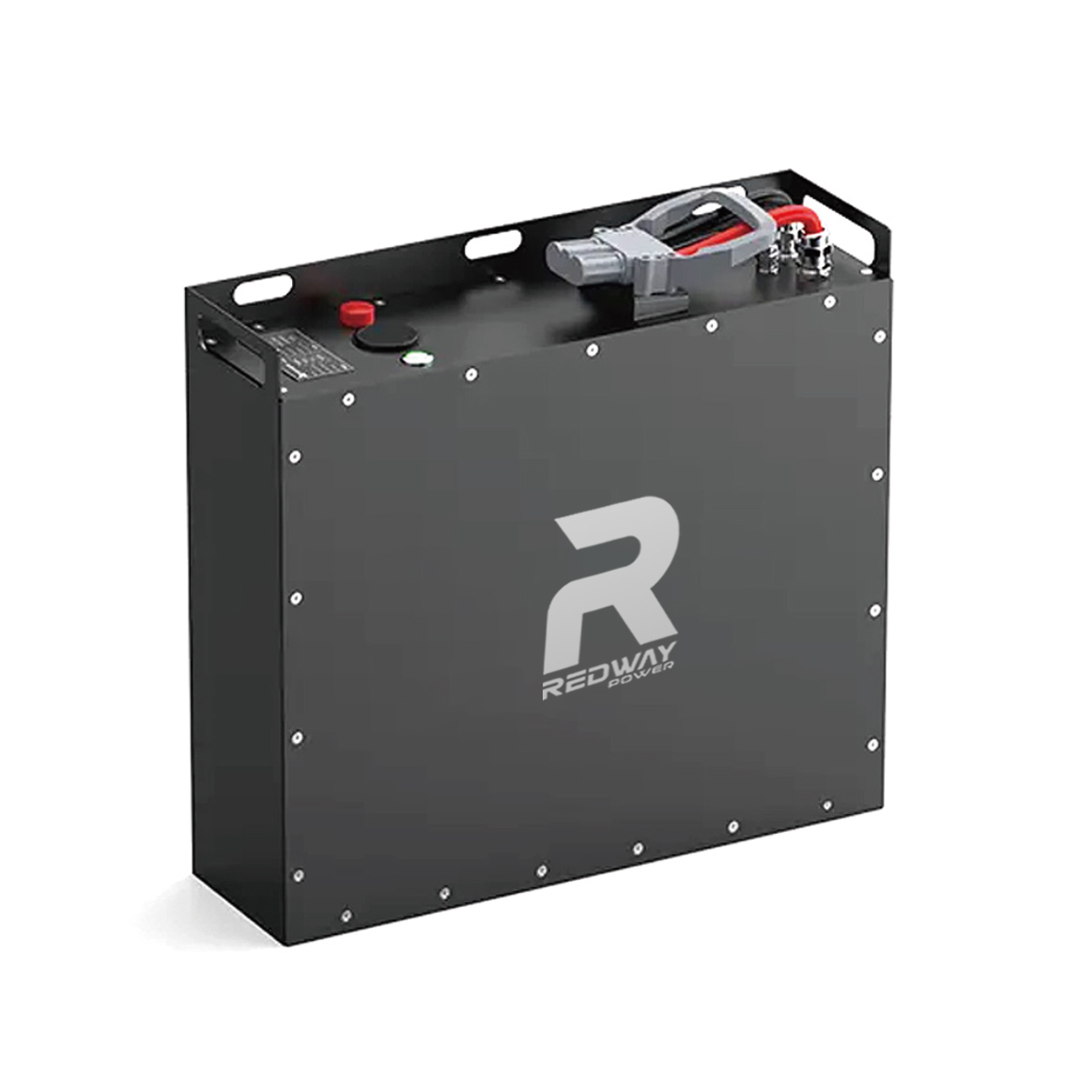Deep Cycle LiFePO4 Batteries Manufacturer
Looking for a business partner from whom you can buy deep cycle lithium batteries at wholesale price? We got you covered. Learn more about how we can work together.
Redway Lithium ion Battery Factory has been diligently striving to unlock the mysteries of transforming deep cycle LiFePO4 Batteries into a profitable venture. Discover the inner workings of LiFePO4 Batteries, explore their advantages, various categories, extensive product line, exceptional craftsmanship, and a plethora of other fascinating details by simply clicking the button below!
We are a Lithium Battery OEM Factory
Redway is dedicated to the domains of 12V, 24V, 36V, 48V, 60V, 72V, 80V, 96V, 100V Deep Cycle Lithium Iron Phosphate Batteries, RV lithium battery, Marine battery, Rack-mounted lithium battery, Golf cart lithium battery and Forklift lithium batteries. Their ultimate goal is to fulfill the diverse energy needs of customers by providing comprehensive energy service solutions. These solutions encompass a range of offerings, including lithium-ion battery energy storage products, smart hardware solutions, energy investment, and operational services, among others.
Don’t you find what you are looking for?
Just tell us your detailed requirements. The best offer will be provided.
Blog
What Are Redway Battery BMS and Bluetooth Features?
December 25, 2025
No Comments
Redway Battery provides advanced Battery Management System (BMS) and Bluetooth features, offering cutting-edge protection and real-time monitoring. These systems ensure optimal performance for various applications,
How to Install Redway 48V 100Ah in Club Car or EZGO?
December 25, 2025
No Comments
Installing Redway’s 48V 100Ah LiFePO4 battery in Club Car or EZGO golf carts is simple and efficient. By removing old lead-acid batteries, securing the lithium
How Long Does It Take to Charge a Redway 48V 100Ah Battery?
December 25, 2025
No Comments
Charging a Redway 48V 100Ah LiFePO4 battery typically takes between 2-6 hours, depending on the charger used. With a compatible 50-100A smart CC/CV charger, this








